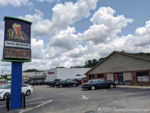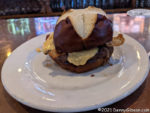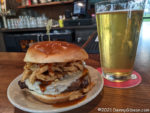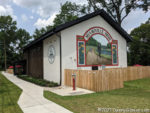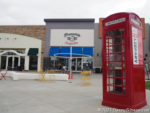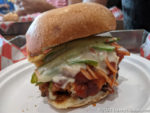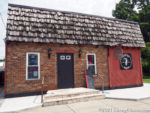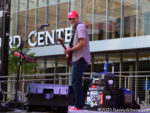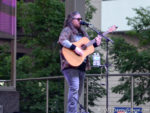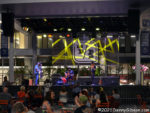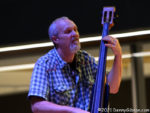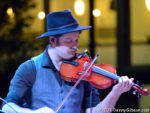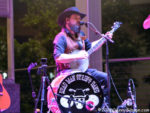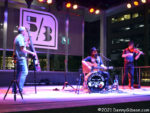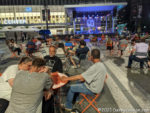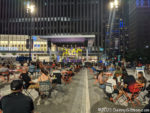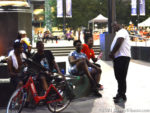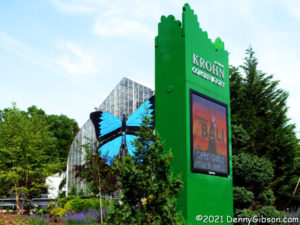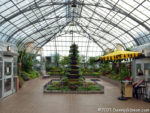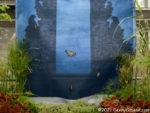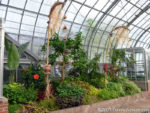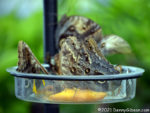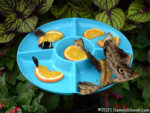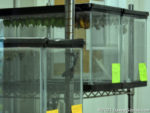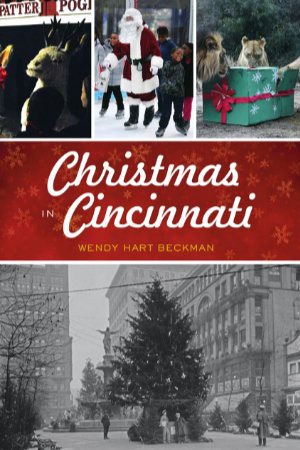 This History Press publication, as is their standard formula, is built around lots of photos both old and new. In this case, a few of those photos are mine. I won’t pretend that isn’t what made me aware of the book and triggered this review but will point out that the book does fit handily into the local-author-local-subject category that I’m fond of talking about. The local author, Wendy Hart Beckman, isn’t a native Cincinnatian but has spent much of her adult life here. I’m thinking that her New England background might actually help in recognizing what is unique or even just a little different about Christmas in Cincinnati.
This History Press publication, as is their standard formula, is built around lots of photos both old and new. In this case, a few of those photos are mine. I won’t pretend that isn’t what made me aware of the book and triggered this review but will point out that the book does fit handily into the local-author-local-subject category that I’m fond of talking about. The local author, Wendy Hart Beckman, isn’t a native Cincinnatian but has spent much of her adult life here. I’m thinking that her New England background might actually help in recognizing what is unique or even just a little different about Christmas in Cincinnati.
As befits a book from The History Press, the first section of this book following the introduction is named “History” and notes that the very first celebration of the holiday in what would become Cincinnati occurred way back in 1788. Christmas is technically a Christian holiday, of course, and this chapter includes the history of the early days of the churches and the religion itself in the city. With Christmas being the only federal holiday with religious connections, I’ve often wondered why and when that happened but never got around to digging up the answer. Beckman answers the “when” question by writing that President Grant made it an official federal holiday in 1870. Ohio had made it official in 1857. Guess I’ll have to learn why on my own.
What follows is five chapters devoted to our five basic senses. There is a considerable amount of history presented in each of those too. But you knew that without me saying it. The reason you knew that, is because, like me, you instinctively knew that this book was about Christmas traditions and traditions are just an ongoing form of history. So, as Beckman informs us of “Things to Do”, “…Hear”, “…See”, “…Smell”, and “…Taste”, she presents the history of those things along with some guidance on how to experience them ourselves.
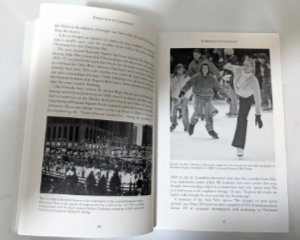 “Things to Do” in Cincinnati around Christmas time include skiing, sledding, and ice skating on Fountain Square. Shopping and visiting Santa in the numerous downtown stores was once a major draw in the days leading up to the holiday but the stores and the shoppers slipped away to the suburbs some time back. In 2020, COVID-19 nearly put a stop to in-person shopping anywhere and only time will tell if it ever fully returns. The same is true of sitting on jolly men’s laps. Beckman includes “Donating” among things to do and writes about several Cincinnati signature campaigns like the Ruth Lyons Children’s Fund and Neediest Kids of All.
“Things to Do” in Cincinnati around Christmas time include skiing, sledding, and ice skating on Fountain Square. Shopping and visiting Santa in the numerous downtown stores was once a major draw in the days leading up to the holiday but the stores and the shoppers slipped away to the suburbs some time back. In 2020, COVID-19 nearly put a stop to in-person shopping anywhere and only time will tell if it ever fully returns. The same is true of sitting on jolly men’s laps. Beckman includes “Donating” among things to do and writes about several Cincinnati signature campaigns like the Ruth Lyons Children’s Fund and Neediest Kids of All.
Starting with the Cincinnati Symphony Orchestra, there is no shortage of “Things to Hear” in Cincinnati. Beckman identifies many musical organizations, both professional and amateur, that offer Christmas-themed performances around the holidays. In addition to the many local groups, she mentions the Trans-Siberian Orchestra whose Decemberish visit has become something of a tradition over the last twenty years.
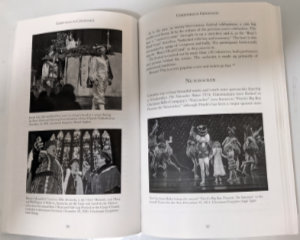 There are indeed plenty of things to do and hear in Cincinnati but there are even more “Things to See”. Beckman lists many Nativity scenes and light displays including some at private residences that have become must-sees over the years. The Cincinnati Zoo’s “Festival of Lights” and the tree on Fountain Square are in that must-see category. What might be considered the big three of Cincinnati Christmas events are on Beckman’s “Things to See” list. The oldest is Boar’s Head and Yuletide Festival which has been celebrated in Cincinnati since 1939. That’s clearly long enough ago to qualify as a true tradition but the festival’s history goes back another 600 years in England. Number two is The Nutcracker which the Cincinnati Ballet Company has been doing since 1974. The newest of the three is Playhouse in the Park’s production of A Christmas Carol which dates to 1991.
There are indeed plenty of things to do and hear in Cincinnati but there are even more “Things to See”. Beckman lists many Nativity scenes and light displays including some at private residences that have become must-sees over the years. The Cincinnati Zoo’s “Festival of Lights” and the tree on Fountain Square are in that must-see category. What might be considered the big three of Cincinnati Christmas events are on Beckman’s “Things to See” list. The oldest is Boar’s Head and Yuletide Festival which has been celebrated in Cincinnati since 1939. That’s clearly long enough ago to qualify as a true tradition but the festival’s history goes back another 600 years in England. Number two is The Nutcracker which the Cincinnati Ballet Company has been doing since 1974. The newest of the three is Playhouse in the Park’s production of A Christmas Carol which dates to 1991.
Only two categories of “Things to Smell” are identified by Beckman but each has quite a few entries. The “Freshly Cut Trees” category includes wreaths and garlands but if you want a serious grade A freshly cut aroma you need to do the cutting yourself and more than a dozen places offering that experience are listed. The second category is “Family Dinners” and only scents, not locations, are listed.
Good flavor is often advertised by a good aroma so it isn’t surprising that the word “family” reappears in “Things to Taste”. “Family Affairs” talks about some of the feasts of Christmases past. Some restaurants are also mentioned in the “…Taste” chapter but it was photos and descriptions of Cincinnati’s bakeries, candy shops, and ice cream parlors that got my taste buds’ attention. If you want to talk about tradition, how about a company (Doscher’s) that has been making candy canes since 1871?
For the history buff, Christmas in Cincinnati provides a good look at how Cincinnatians celebrated Christmas in the past. Perhaps more importantly, though, it identifies pieces of those celebrations that have become Queen City traditions and offers some guidance in how to participate in those traditions in the future.
Christmas in Cincinnati, Wendy Hart Beckman, The History Press (October 18, 2021), 6 x 9 inches, 160 pages, ISBN 978-1467148313
Available through Amazon.

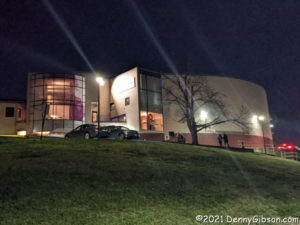
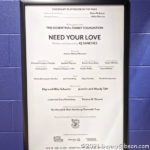

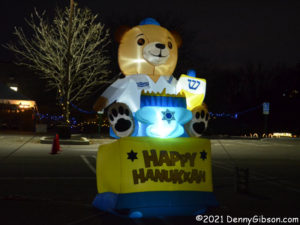
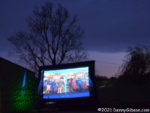
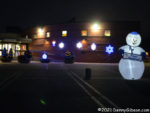
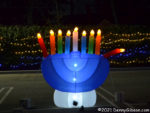
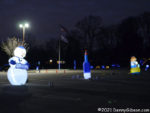


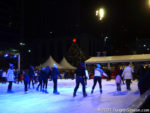




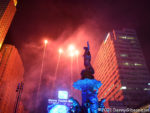

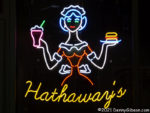
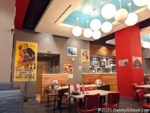
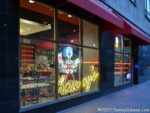
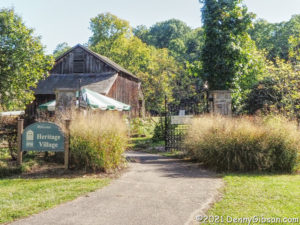


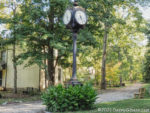
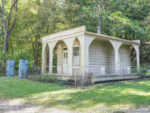


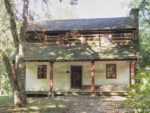

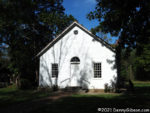
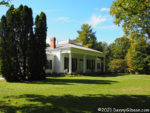
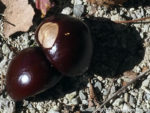
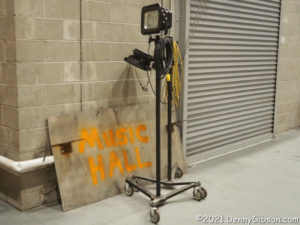
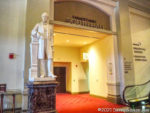

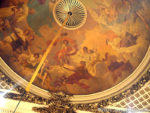
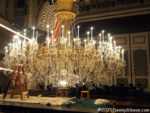
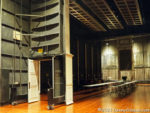

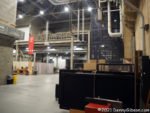
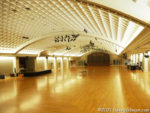


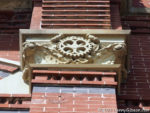

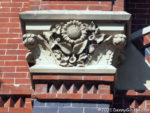


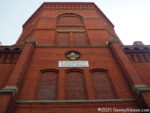
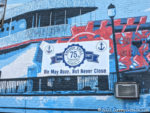
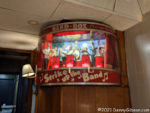


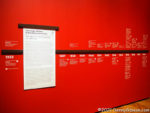

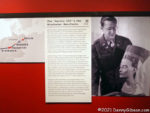


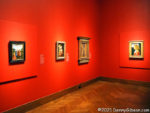

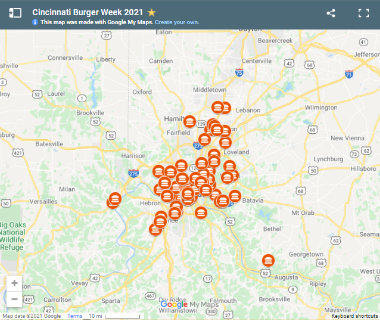 The first day of this year’s
The first day of this year’s 